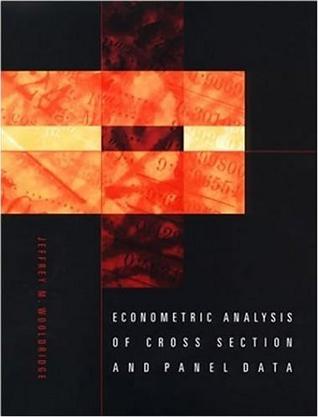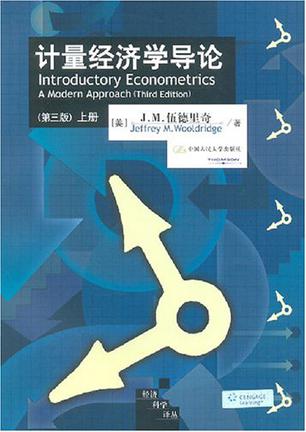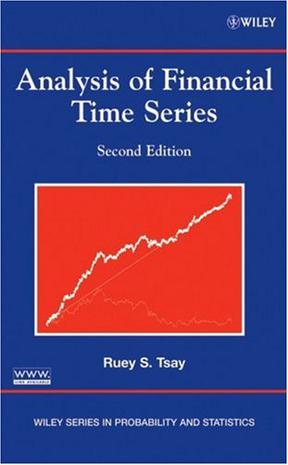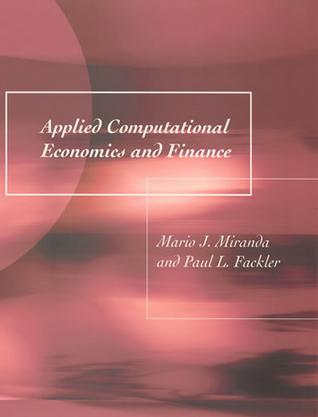-

Econometric Analysis of Cross Section and Panel Data
This graduate text provides an intuitive but rigorous treatment of contemporary methods used in microeconometric research. The book makes clear that applied microeconometrics is about the estimation of marginal and treatment effects, and that parametric estimation is simply a means to this end. It also clarifies the distinction between causality and statistical association.
The book focuses specifically on cross section and panel data methods. Population assumptions are stated separately from sampling assumptions, leading to simple statements as well as to important insights. The unified approach to linear and nonlinear models and to cross section and panel data enables straightforward coverage of more advanced methods. The numerous end-of-chapter problems are an important component of the book. Some problems contain important points not fully described in the text, and others cover new ideas that can be analyzed using tools presented in the current and previous chapters. Several problems require the use of the data sets located at the author's website. -

计量经济学导论(上、下册)
《计量经济学导论(第3册)》从计量经济学专业人士的视角来讲授计量经济学导论,不仅使这门学科更有意思,而且实际上讲解起来还更简单。其内容有:计量经济学的性质与经济数据、简单回归模型等。 -

Analysis of Financial Time Series
-

Mostly Harmless Econometrics
The core methods in today's econometric toolkit are linear regression for statistical control, instrumental variables methods for the analysis of natural experiments, and differences-in-differences methods that exploit policy changes. In the modern experimentalist paradigm, these techniques address clear causal questions such as: Do smaller classes increase learning? Should wife batterers be arrested? How much does education raise wages? Mostly Harmless Econometrics shows how the basic tools of applied econometrics allow the data to speak. In addition to econometric essentials, Mostly Harmless Econometrics covers important new extensions--regression-discontinuity designs and quantile regression--as well as how to get standard errors right. Joshua Angrist and Jörn-Steffen Pischke explain why fancier econometric techniques are typically unnecessary and even dangerous. The applied econometric methods emphasized in this book are easy to use and relevant for many areas of contemporary social science. * An irreverent review of econometric essentials * A focus on tools that applied researchers use most * Chapters on regression-discontinuity designs, quantile regression, and standard errors * Many empirical examples * A clear and concise resource with wide applications -

Applied Computational Economics and Finance
This book presents a variety of computational methods used to solve dynamic problems in economics and finance. It emphasizes practical numerical methods rather than mathematical proofs and focuses on techniques that apply directly to economic analyses. The examples are drawn from a wide range of subspecialties of economics and finance, with particular emphasis on problems in agricultural and resource economics, macroeconomics, and finance. The book also provides an extensive Web-site library of computer utilities and demonstration programs.The book is divided into two parts. The first part develops basic numerical methods, including linear and nonlinear equation methods, complementarity methods, finite-dimensional optimization, numerical integration and differentiation, and function approximation. The second part presents methods for solving dynamic stochastic models in economics and finance, including dynamic programming, rational expectations, and arbitrage pricing models in discrete and continuous time. The book uses MATLAB to illustrate the algorithms and includes a utilities toolbox to help readers develop their own computational economics applications.